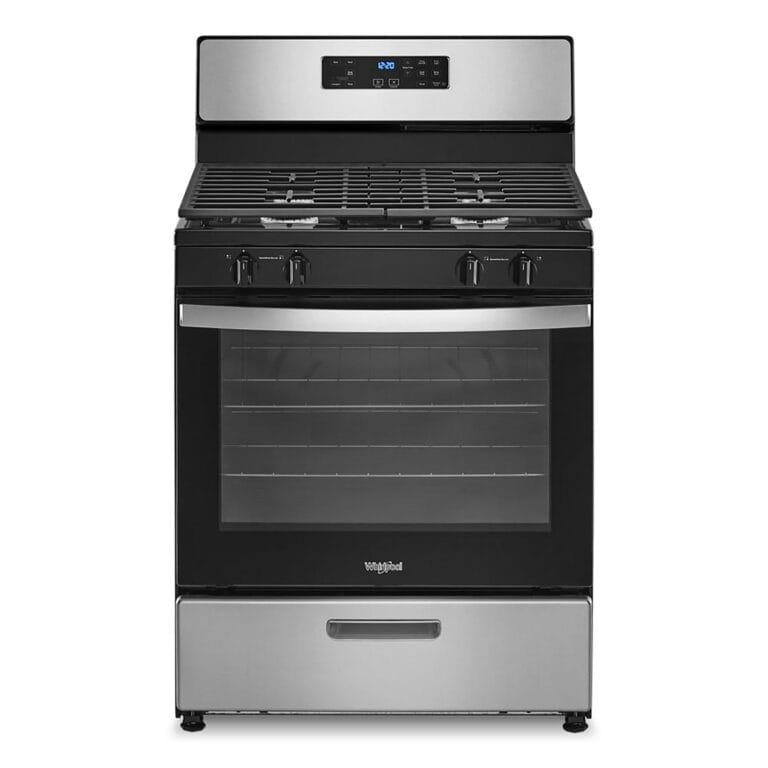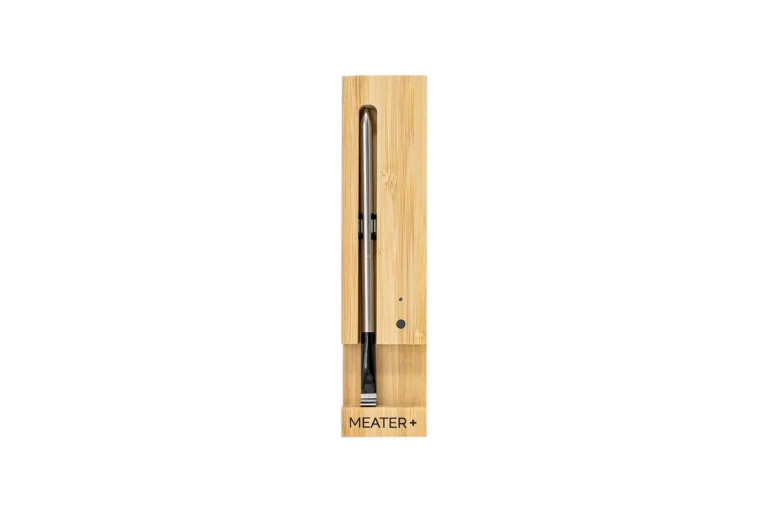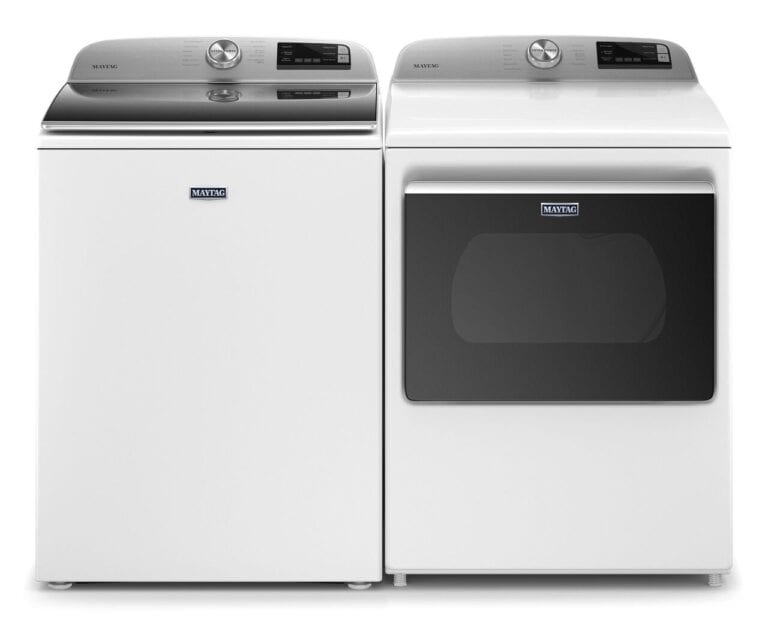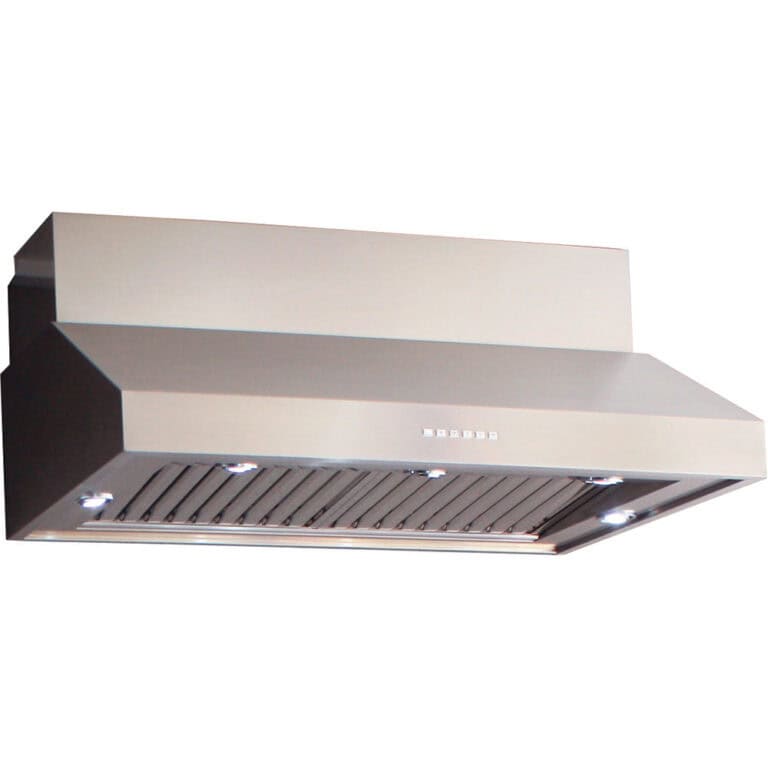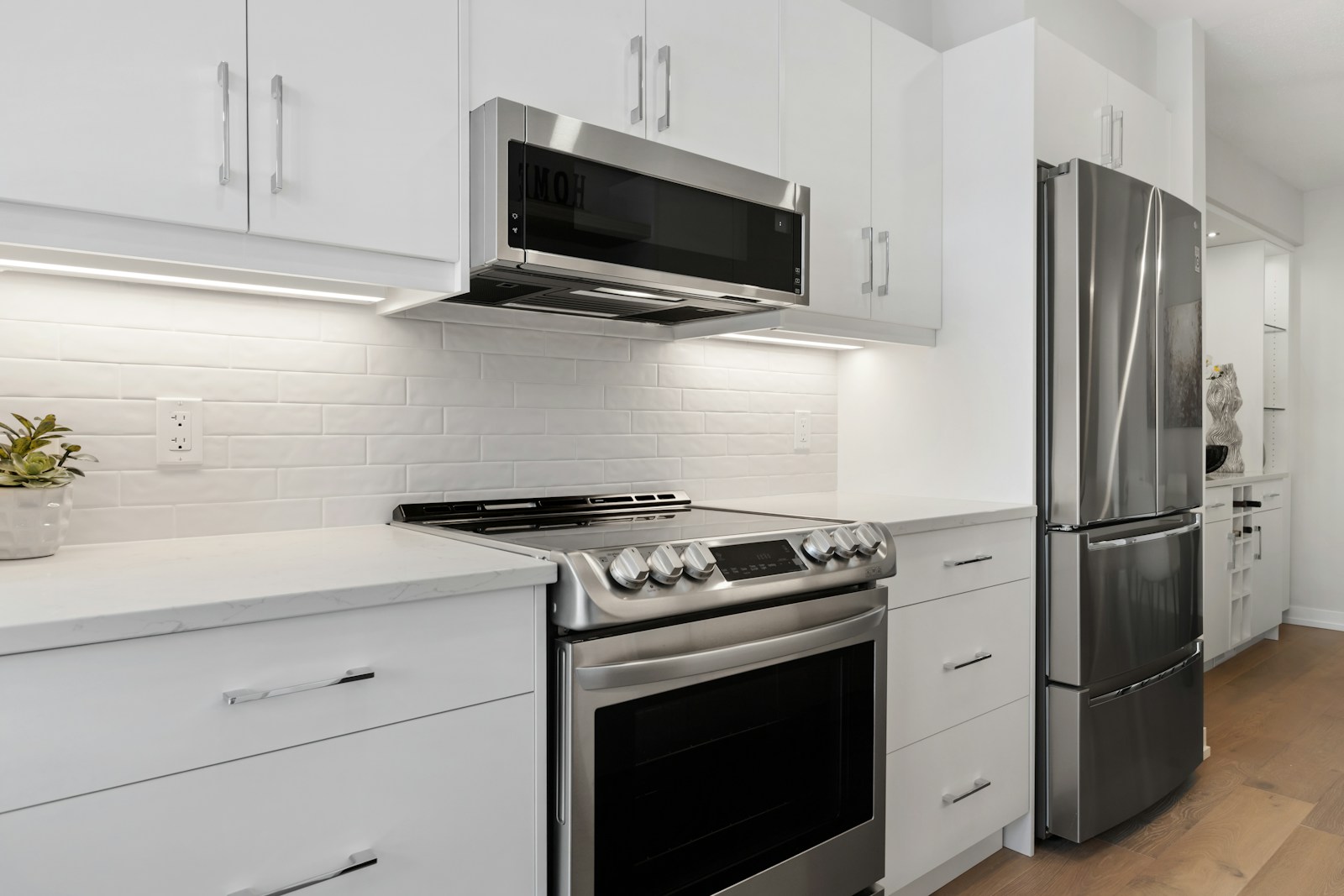
A malfunctioning gas oven can disrupt meal preparation and cause frustration. Gas ovens rely on several components working together to function properly. The most common reasons for a gas oven not working include a faulty igniter, broken thermostat, or problems with the gas valve.
Troubleshooting a gas oven requires careful attention to safety. Users should be aware of gas smells and follow proper precautions. If the burners work but the oven doesn’t, the issue likely lies with the oven-specific components rather than the gas supply.
Simple fixes like checking the power supply or cleaning the igniter can sometimes resolve the problem. However, more complex issues may require professional appliance repair. Understanding the symptoms can help diagnose the issue and determine the best course of action.
1. Oven Won’t Turn On
Possible causes:
- No power supply – Even gas ovens need electricity for controls, lights, and ignition.
- Tripped circuit breaker – A surge may have cut power to the oven.
- Faulty power cord or outlet – Loose or damaged connections can prevent the oven from receiving power.
What to do:
- Check if the oven’s display or light works.
- Reset the circuit breaker.
- Plug another device into the outlet to confirm it’s working.
2. Oven Not Heating Properly
Possible causes:
- Igniter failure – The most common issue. A weak igniter may glow but not get hot enough to open the gas valve.
- Gas supply issue – The gas valve might be off, or the line may be blocked.
- Thermostat malfunction – Incorrect temperature readings prevent proper heating.
What to do:
- Listen for a clicking or hissing sound when you turn the oven on.
- Check that the gas shutoff valve is in the “on” position.
- If the igniter glows but doesn’t ignite gas, it likely needs replacement.
3. Oven Won’t Stay Lit
Possible causes:
- Faulty thermocouple (in older models with pilot lights) – It may not sense the flame correctly.
- Dirty burner ports – Food debris or grease can block gas flow.
- Weak igniter – Fails to keep the flame stable.
What to do:
- Clean burner holes with a soft brush or pin.
- Inspect the flame: a strong blue flame is normal; a weak yellow flame suggests a gas flow issue.
- If the pilot light keeps going out, the thermocouple may need replacement.
4. Uneven Cooking or Hot Spots
Possible causes:
- Blocked or dirty oven vents – Restricts airflow.
- Faulty convection fan (if equipped) – Fails to circulate heat.
- Misplaced oven racks – Incorrect positioning can affect air circulation.
What to do:
- Clean oven vents and interior.
- Make sure racks are positioned according to recipe instructions.
- If convection doesn’t work, the fan motor may need repair.
5. Gas Smell When Oven Is On
⚠️ Safety first: If you smell strong gas, turn off the oven immediately, ventilate the area, and call your gas provider. Do not light matches or turn on electrical switches.
Possible causes:
- Delayed ignition – Gas builds up before igniting.
- Loose gas connections – Fittings may need tightening.
- Defective safety valve – May allow gas to leak.
What to do:
- Do not attempt DIY fixes for gas leaks.
- Contact a licensed technician right away.
6. Oven Door Won’t Close or Lock
Possible causes:
- Obstructed hinges – Food debris or grease buildup.
- Warped or broken hinges – Wear and tear over time.
- Faulty door latch (self-cleaning models) – May prevent proper sealing.
What to do:
- Clean around hinges and gasket.
- Inspect hinges for damage and replace if necessary.
- If the door won’t lock during self-clean, the latch mechanism may need service.
When to Call a Professional
- You smell gas or suspect a leak.
- The igniter glows but doesn’t ignite gas.
- Electrical components (control board, thermostat, safety valve) are suspected.
- Repairs require disassembly beyond basic cleaning or inspection.
Preventive Maintenance Tips
- Clean burners, vents, and oven interior regularly.
- Avoid slamming the oven door to protect hinges.
- Test the igniter and thermostat annually.
- Schedule professional servicing every few years for safety checks.
✅ With these troubleshooting steps, you can often identify whether the problem is a simple fix (like a tripped breaker or dirty burner) or if you need professional repair.
Key Takeaways
- Common causes of gas oven failure include faulty igniters, thermostats, or gas valves
- Safety is paramount when troubleshooting gas appliances
- Professional repair may be necessary for complex gas oven issues
Identifying Common Gas Oven Issues
Gas ovens can experience several problems that prevent proper heating. These issues often stem from specific components or supply disruptions. Understanding these common problems can help diagnose and resolve heating issues quickly.
Faulty Oven Igniter
The oven igniter is a crucial component in gas ovens. It creates a spark to light the gas and heats up to open the safety valve. When faulty, the oven won’t heat properly.
Signs of a bad igniter include:
- Oven takes longer than usual to preheat
- Oven doesn’t reach set temperature
- No gas flow to the burner
To test the igniter, observe it during the oven’s start-up. A working igniter glows bright orange. If it stays dark or glows weakly, it likely needs replacement.
Replacing an igniter often solves heating problems. This repair usually requires a professional due to gas line involvement.
Malfunctioning Temperature Sensor
The temperature sensor monitors oven heat. It signals the control board to adjust gas flow for consistent temperature. A faulty sensor leads to temperature fluctuations or no heat.
Symptoms of a bad temperature sensor:
- Oven heats unevenly
- Temperature readings are inaccurate
- Oven doesn’t maintain set temperature
Test the sensor by checking its resistance with a multimeter. The resistance should change as oven temperature changes. If it doesn’t, the sensor needs replacement.
Sensor replacement is typically straightforward. It involves unscrewing the old sensor and installing a new one.
Defective Safety Valve
The safety valve controls gas flow to the oven burner. It opens when the igniter reaches the right temperature. A faulty valve can prevent gas from reaching the burner.
Signs of a defective safety valve:
- Gas doesn’t flow to the burner
- Oven doesn’t heat at all
- Igniter glows but burner doesn’t light
Testing a safety valve requires specialized equipment. It’s best to call a professional for diagnosis and repair.
Replacing a safety valve is complex. It involves working with gas lines and should only be done by qualified technicians.
Gas Supply Disruptions
Sometimes, the problem isn’t the oven itself but the gas supply. Check if other gas appliances are working. If not, there might be a gas supply issue.
Possible gas supply problems:
- Closed gas valve
- Empty propane tank (for propane ovens)
- Gas line blockage
To check the gas valve, locate the shutoff valve near the oven. Ensure it’s fully open. For propane ovens, check the tank level.
If the gas supply seems fine but the oven still won’t heat, call a professional. They can safely inspect gas lines and connections for issues.
Diagnostic Procedures
Troubleshooting a non-heating gas oven requires systematic testing of key components. These procedures help identify the root cause of the problem efficiently.
Using a Multimeter for Continuity Tests
A multimeter is an essential tool for diagnosing electrical issues in gas ovens. It measures continuity, which indicates if electrical current can flow through a component. To use a multimeter:
- Set the multimeter to the continuity or resistance setting.
- Touch the probes to the component’s terminals.
- Listen for a beep or check for a low resistance reading.
This test helps identify faulty igniters, thermal fuses, and other electrical parts. Always disconnect the oven from power before testing. Replace any components that fail the continuity test.
Inspecting Electrical Components
Visual inspection of electrical components can reveal obvious faults. Check for:
- Frayed or damaged wires
- Loose connections
- Burnt or discolored parts
- Corrosion on terminals
Pay special attention to the igniter, which often fails in gas ovens. A working igniter glows bright orange when activated. If it remains dark or glows weakly, it needs replacement.
Inspect the gas valve solenoids for signs of wear. These control gas flow to the burners. Faulty solenoids can prevent the oven from heating properly.
Checking the Circuit Breaker
A tripped circuit breaker can cause a gas oven to stop heating. Locate the breaker panel and find the switch labeled for the oven. If it’s in the middle position or feels loose, it has tripped.
To reset the breaker:
- Switch it fully to the OFF position.
- Wait 30 seconds.
- Flip it back to ON.
If the breaker trips again, it may indicate a short circuit or overload in the oven’s electrical system. This requires professional inspection to prevent safety hazards.
Solutions and Repairs
Gas oven issues can often be resolved through targeted repairs or part replacements. Common fixes include addressing faulty igniters, temperature sensors, gas supply problems, and safety valve malfunctions.
Replacing a Faulty Igniter
A faulty igniter is a frequent cause of gas oven heating problems. To replace the igniter:
- Unplug the oven and turn off the gas supply.
- Remove the oven racks and bottom panel.
- Locate the igniter near the burner tube.
- Disconnect the wires and mounting screws.
- Install the new igniter and secure it in place.
- Reconnect the wires using ceramic wire nuts.
- Reassemble the oven and test its operation.
Professional assistance may be necessary for this repair if homeowners lack experience with gas appliances.
Repairing the Oven Temperature Sensor
An inaccurate temperature sensor can lead to uneven heating. To address this issue:
- Check if the sensor is touching the oven wall, which can cause misreadings.
- Use an ohmmeter to test the sensor’s resistance at room temperature.
- If the resistance is off, replace the sensor.
- To replace, unscrew the old sensor from the oven wall.
- Disconnect its wire plug and connect the new sensor.
- Secure the new sensor in place and reassemble the oven.
Calibrating the oven may be necessary after sensor replacement to ensure accurate temperature readings.
Addressing Gas Supply Issues
Gas supply problems can prevent the oven from heating. To troubleshoot:
- Verify the gas valve on the supply line is fully open.
- Check for kinks or damage in the gas line.
- Ensure the oven’s gas regulator is functioning correctly.
- Look for blockages in the gas orifices or burner tubes.
- Clean any debris from gas ports using compressed air.
If gas odors persist or supply issues continue, contact a licensed gas technician immediately for safety reasons.
Fixing a Defective Safety Valve
A malfunctioning safety valve can prevent gas flow to the oven. To address this:
- Confirm the igniter is working properly first.
- If the igniter functions but the oven doesn’t heat, the safety valve may be faulty.
- Locate the safety valve on the oven’s gas control assembly.
- Disconnect the gas and electrical connections.
- Remove the old valve and install the replacement.
- Reconnect gas and electrical components.
- Test the oven to ensure proper operation.
This repair often requires specialized tools and knowledge. Homeowners should consider professional help to ensure safe installation and compliance with local codes.
When to Call a Professional
Gas oven issues can be complex and potentially dangerous. Professional assistance is crucial for certain problems to ensure safety and proper repairs.
Recognizing Gas Leaks
Gas leaks pose severe risks and require immediate professional attention. Signs of a gas leak include:
- Rotten egg smell
- Hissing sounds near gas lines
- Dead plants around the oven area
- Physical symptoms like dizziness or nausea
If any of these signs are present, evacuate the area immediately and call the gas company or emergency services. Do not attempt to fix gas leaks yourself.
Complex Electrical Fixes
Electrical components in gas ovens can be intricate and hazardous. Problems requiring professional help include:
- Faulty igniters
- Damaged control boards
- Malfunctioning thermostats
- Wiring issues
These repairs involve working with both gas and electrical systems. Technicians have the tools and expertise to diagnose and fix these issues safely.
When DIY Is Not Recommended
Some oven problems are too risky for DIY repairs. Call a professional if:
- The oven won’t heat at all
- Flames are yellow instead of blue
- Temperature control is erratic
- Strange noises come from the oven
Attempting these repairs without proper knowledge can lead to gas leaks, fires, or electric shocks. Professional technicians can accurately diagnose the problem and perform necessary repairs or replacements.
Frequently Asked Questions
Gas oven issues can be frustrating, but understanding common problems and solutions can help resolve them quickly. Here are some key questions and answers about gas oven heating problems.
Why won’t my gas oven heat up even though the burners are working?
A faulty igniter is often the culprit when the oven won’t heat but the burners work. The igniter lights the gas in the oven. If it’s broken, gas won’t flow to the burner. Other possible causes include a defective thermostat or control board.
What steps should I take to fix a gas oven that isn’t heating up?
First, check the igniter for visible damage. If it’s cracked, replace it. Ensure the gas supply is on and the line is clear. Clean or replace the thermostat if needed. If these steps don’t work, consult a professional technician.
How can I determine the cause of a gas smell when my oven fails to heat?
A gas smell could indicate a leak. Turn off the gas immediately and open windows. Check for loose connections or damaged hoses. If the smell persists, leave the house and call the gas company or a qualified technician.
What could cause a Whirlpool gas oven to stop working while the stove still operates?
Whirlpool gas ovens may stop working due to a faulty control board, broken igniter, or defective temperature sensor. The stove can still work because it uses different components. Check these parts and replace as needed.
Is there a way to reset a gas stove oven when it stops functioning properly?
Some gas ovens have a reset button. Check the manual for its location. If there’s no reset button, try unplugging the oven for a few minutes, then plugging it back in. This can sometimes resolve electronic glitches.
Why might my gas stove fail to ignite while making a clicking sound?
A clicking sound without ignition often means the igniter is working, but gas isn’t reaching it. Check if the gas supply is on. Clean the burner ports if they’re clogged. If the problem persists, the gas valve might be faulty.



